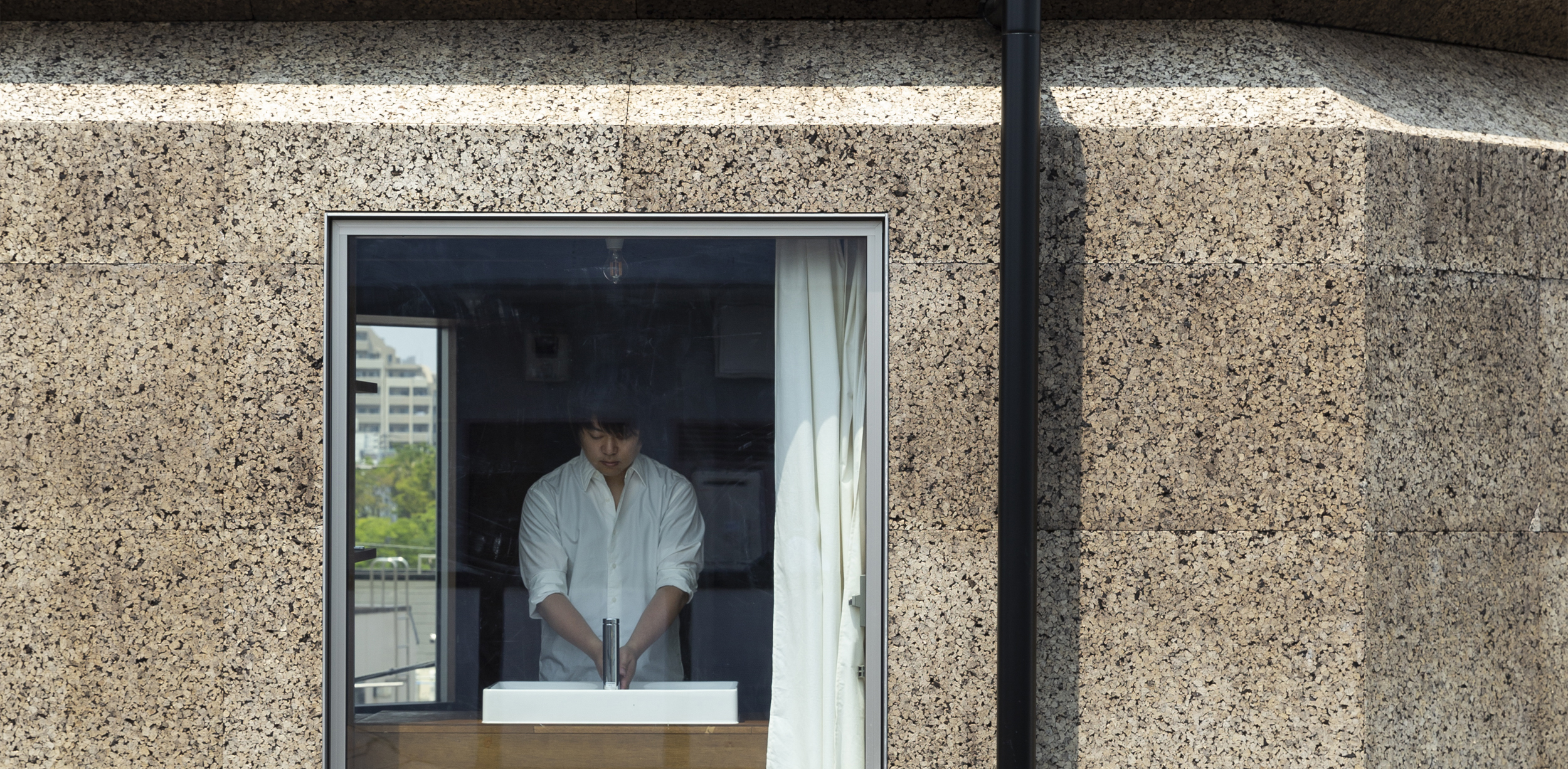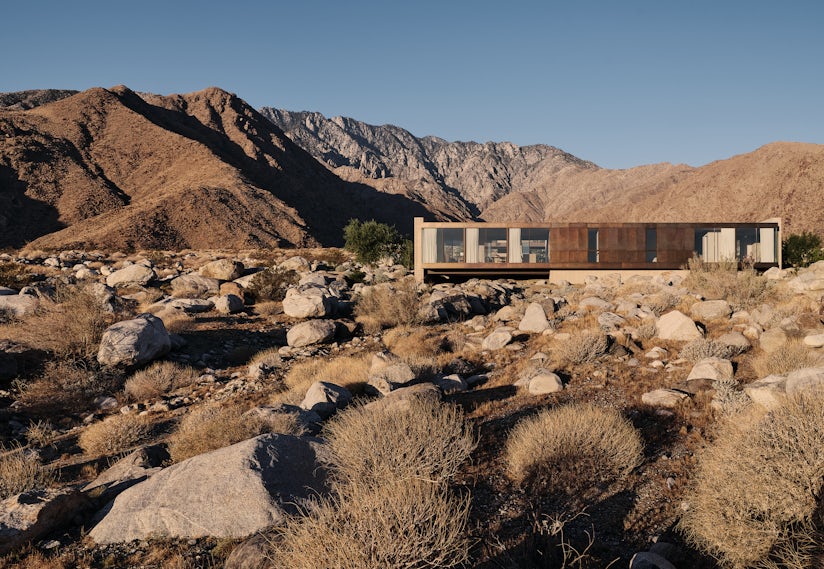Architizer is thrilled to reveal the 12th Annual A+Awards Finalists. See which projects and firms made the cut and have your say in who wins a coveted Popular Choice A+Award. Cast your vote today >
For over 5000 years humans have understood the material benefits of cork. The material is sourced from the bark of cork oaks — found mainly along the coast of the Mediterranean Sea — and for centuries has been used to make floating devices, seals for containers and sandals. Nowadays, though cork is less ubiquitous than it once was, it has found its niche as the reliable stopper in wine bottles.
Yet, the qualities that have made cork a choice material for civilizations can also surprisingly be applied to architecture. As a lightweight, impermeable, sustainable and durable material with incredible insulation capabilities, cork is a surprisingly versatile material in the construction field. In the past few years, architects have truly started to put cork to the test, and the results are pointing toward limitless potential. As the seven ‘corky’ buildings below illustrate, we should start asking the question: could cork become the mass-scale construction material of the future?
042_Corkscrew House
By rundzwei, Berlin, Germany
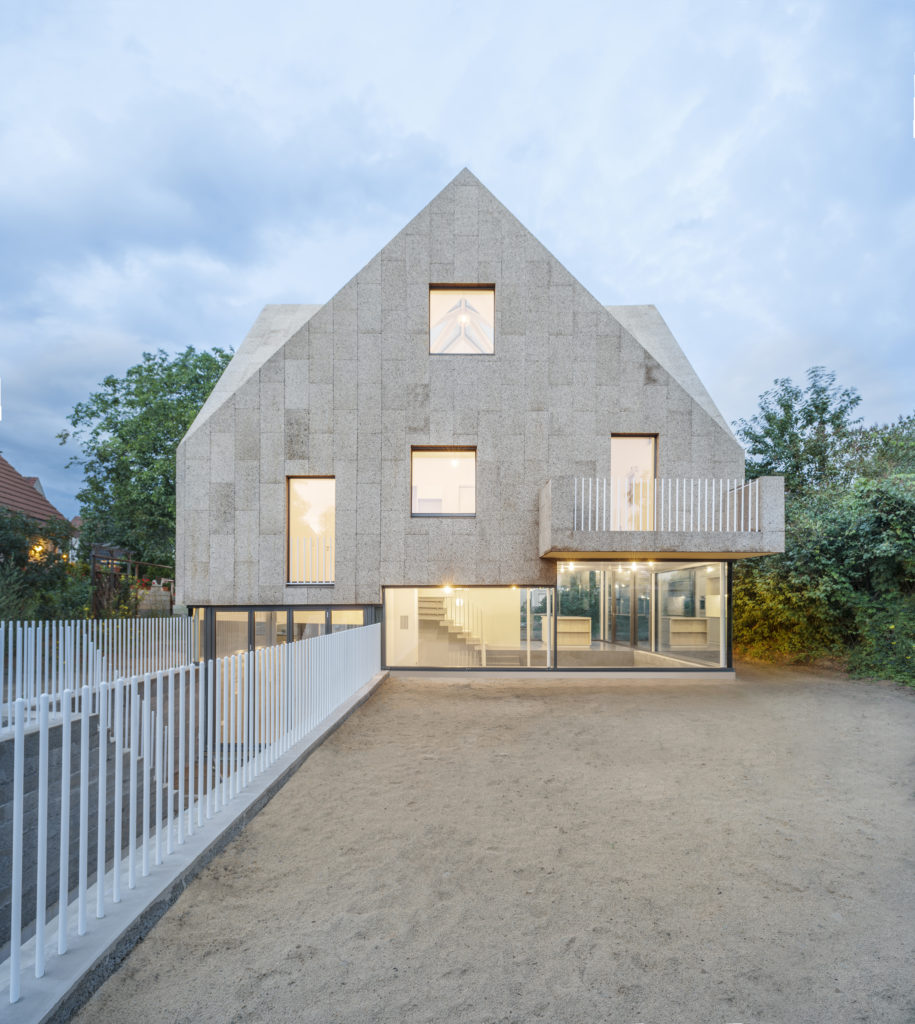
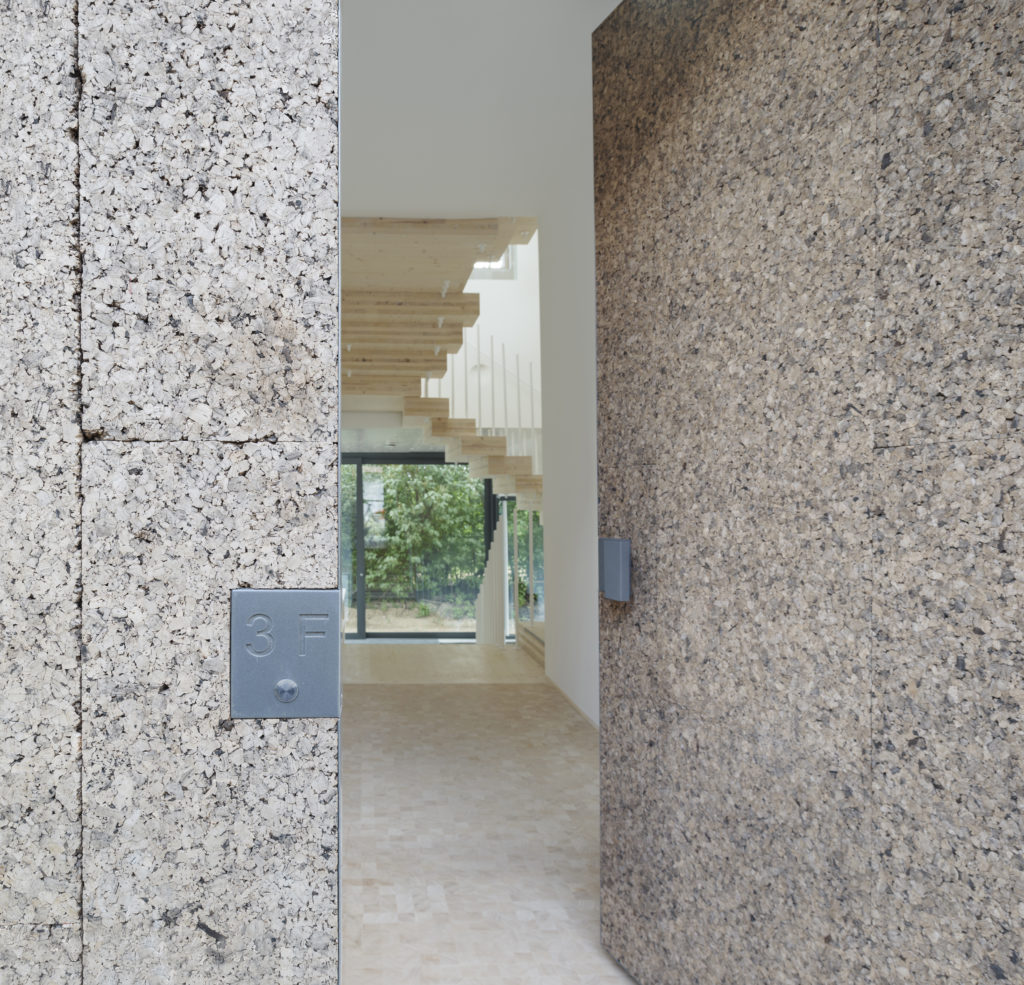 This new house in suburban Berlin is built with a wood frame and covered with a cork façade. Waste product from bottle cork production was used to make the cork granulates, which were then glued together with heat and pressure — releasing the cork’s adhesive resin — to form the façade panels. These walls are weather and mold resistant and provide excellent thermal insulation to the building. They also give the building a unique, grainy quality matching the sandy and concrete textures used throughout the house.
This new house in suburban Berlin is built with a wood frame and covered with a cork façade. Waste product from bottle cork production was used to make the cork granulates, which were then glued together with heat and pressure — releasing the cork’s adhesive resin — to form the façade panels. These walls are weather and mold resistant and provide excellent thermal insulation to the building. They also give the building a unique, grainy quality matching the sandy and concrete textures used throughout the house.
Bay Window Tower House
By Takaaki Fuji + Yuko Fuji Architecture / tyfa, Tokyo, Japan
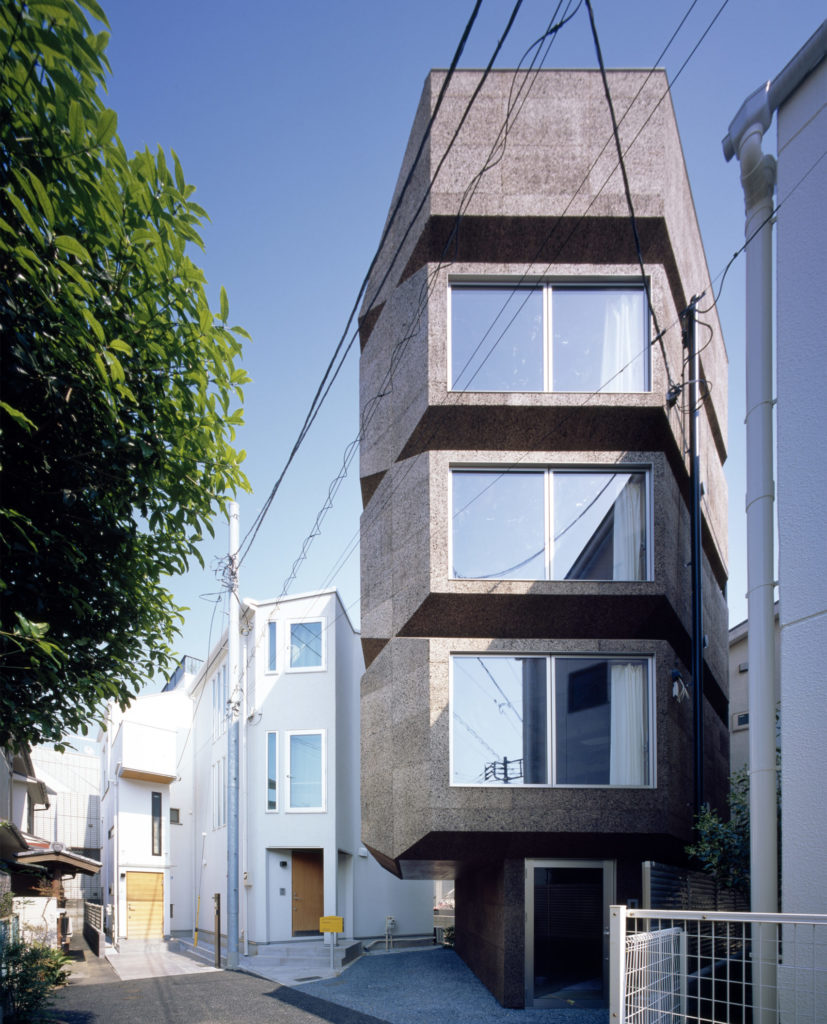
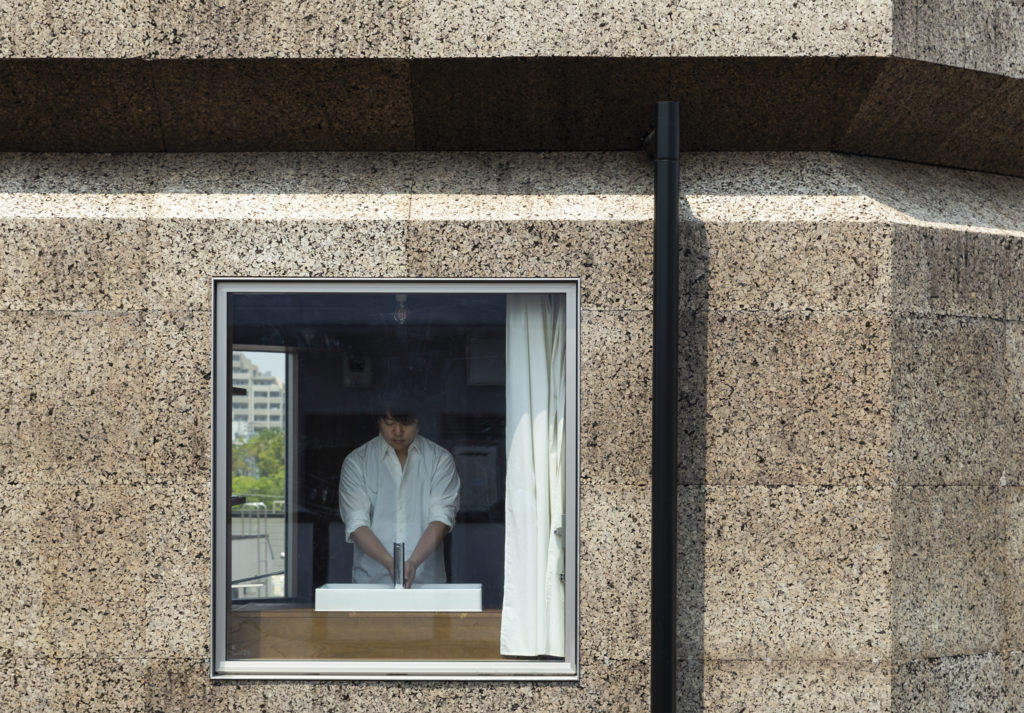
Photos by Masao Nishikawa
Built on a narrow lot in central Tokyo, this new residence pushes the boundaries of cork construction. The brutalist inspired structure towers above nearby apartment buildings, but the corky surfaces give off a much friendlier feel than concrete. Case in point, the architects opted for a narrower octagonal shape structure, rather than a regular rectangular floor plan, to minimize the loss of sunlight for the shorter neighbors around.
Cork House
By nimtim architects, London, United Kingdom
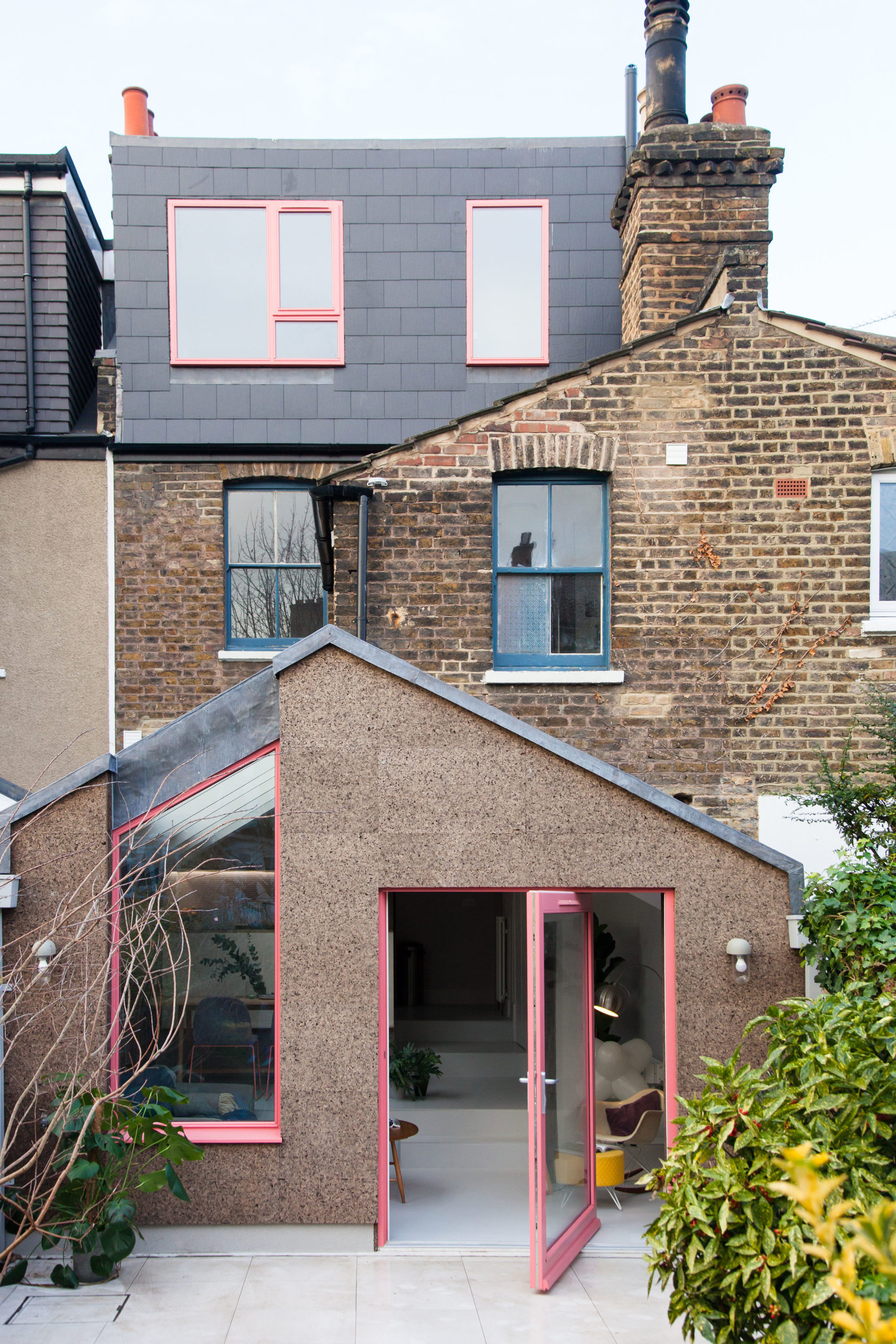

Photos by Megan Taylor
This rear extension on a terrace house in South London borrows Victorian architectural elements to incorporate contemporary design features into the new space. The extension’s simple pitched roof echoes the shape of the main house, but also accommodates a glazed roof and a slot window to allow ample light inside.
The cork panels subtly mimic the tone of the house’s weatherworn bricks, making the uncommon material feel oddly familiar. These panels clad both the interior and exterior of the extension; their insulation qualities absorb noise, allow the room to breathe and sidestep the need for additional foam insulation.
Cork Flat
By Formafatal, Prague, Czech Republic
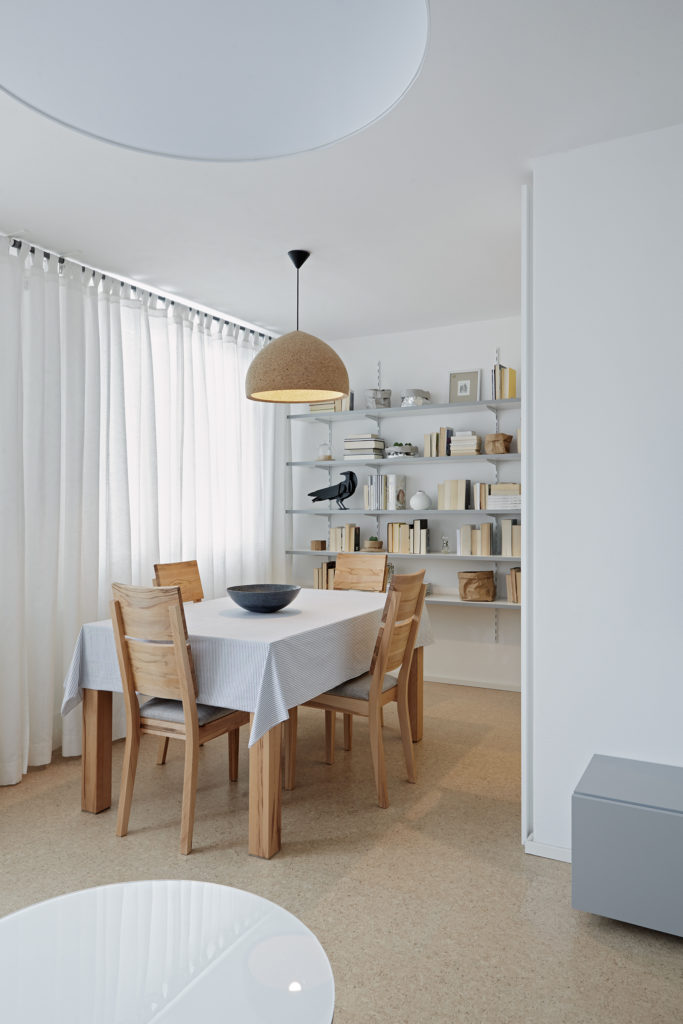
 It doesn’t take long to understand that the design concept of this renovated flat in Prague is centered around cork: the material is used for the floor, appears in mosaic shapes on bathroom walls, and constitutes the dining chandelier, among other places. Its use as an interior design element is surprisingly tasteful; cork’s light beige tone brings character and Zen to the minimalist apartment.
It doesn’t take long to understand that the design concept of this renovated flat in Prague is centered around cork: the material is used for the floor, appears in mosaic shapes on bathroom walls, and constitutes the dining chandelier, among other places. Its use as an interior design element is surprisingly tasteful; cork’s light beige tone brings character and Zen to the minimalist apartment.
The Hill Cork House
By Contaminar Arch., Leiria, Portugal
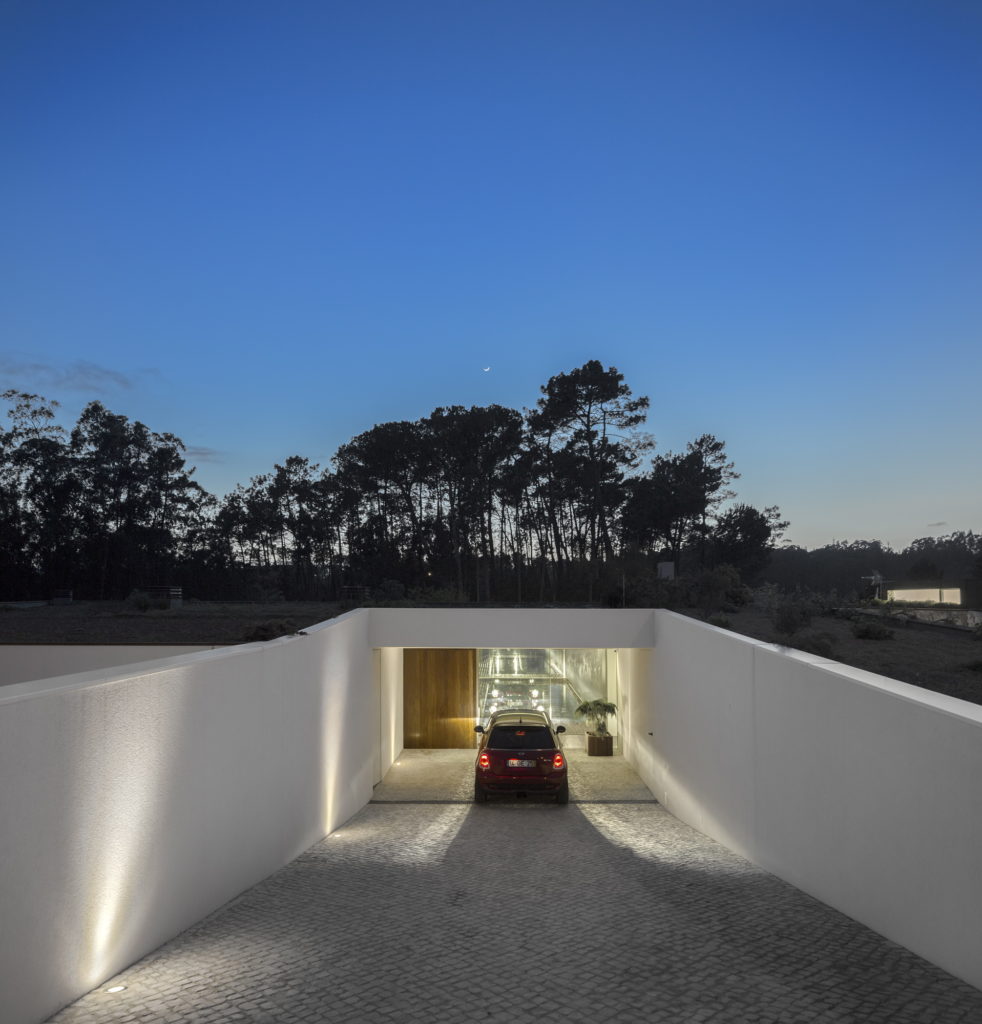
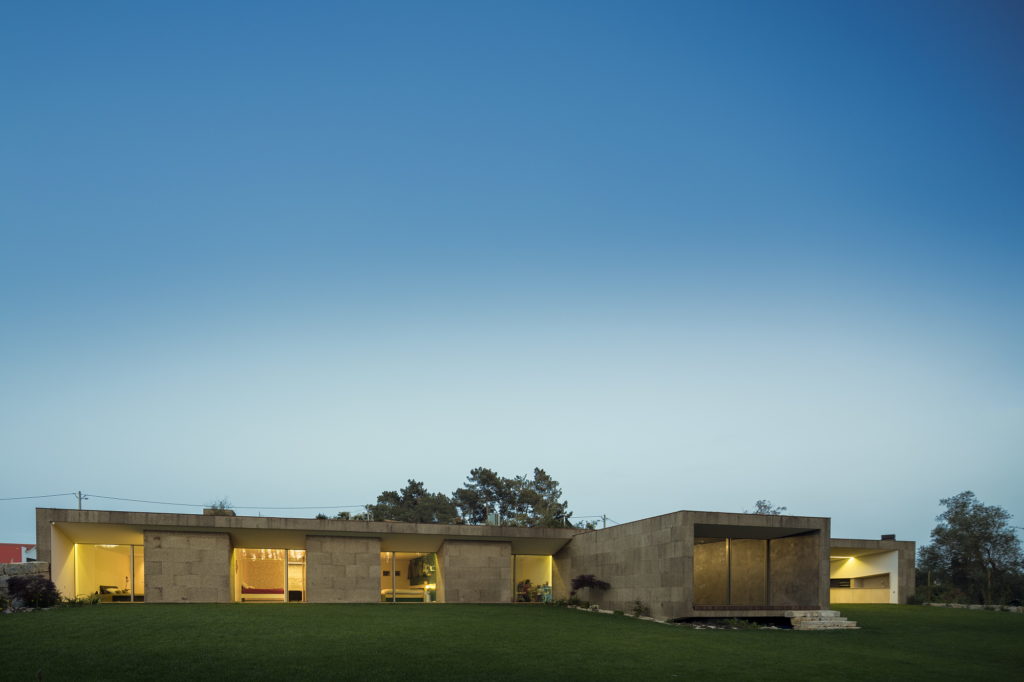 This house in Leiria, Portugal seems to emerge from the earth, as the underground front-facing side gradually rises to a one-story height by the backside of the structure. Continuing this theme of intimate attachment to nature, a cork skin covers all the above-ground exterior surfaces, giving an earthly tone to the visible parts of the house.
This house in Leiria, Portugal seems to emerge from the earth, as the underground front-facing side gradually rises to a one-story height by the backside of the structure. Continuing this theme of intimate attachment to nature, a cork skin covers all the above-ground exterior surfaces, giving an earthly tone to the visible parts of the house.
Ecork Hotel
By José Carlos Cruz – Arquitecto, Evora, Portugal
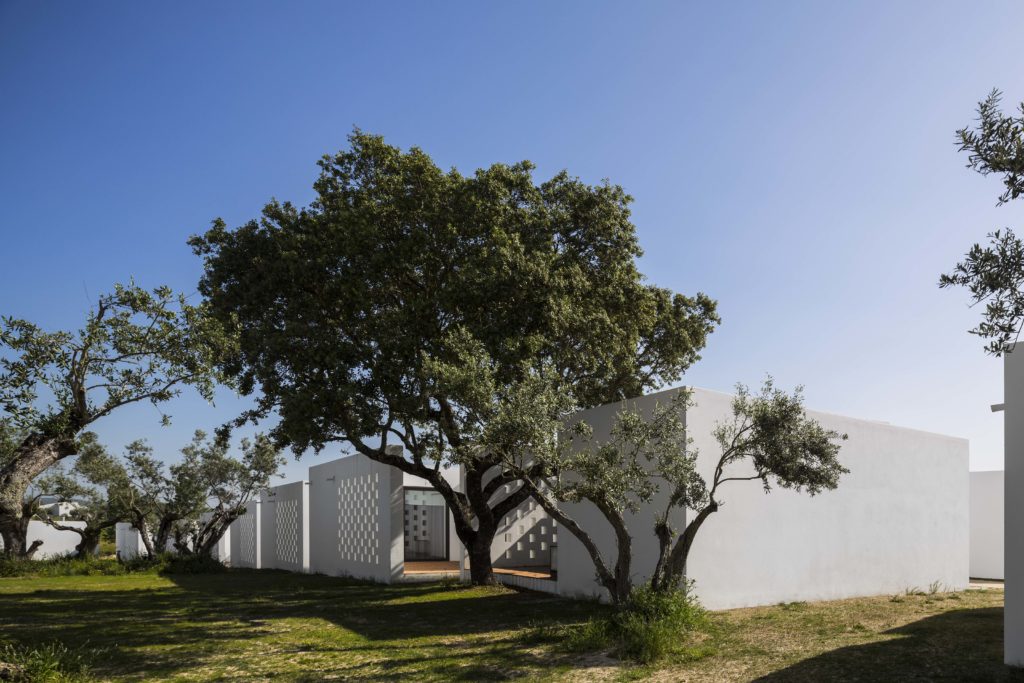 Surrounded by cork and olive trees, this wellness resort in Évora, Portugal mimics Arabic and Alentejan medieval architecture with its combination of whitewashed monolithic volumes and small square openings for lighting and ventilation. A cork coating throughout ensures the building is properly thermally protected and subtly nods to the region’s flora.
Surrounded by cork and olive trees, this wellness resort in Évora, Portugal mimics Arabic and Alentejan medieval architecture with its combination of whitewashed monolithic volumes and small square openings for lighting and ventilation. A cork coating throughout ensures the building is properly thermally protected and subtly nods to the region’s flora.
Casa Azul
By Bak Gordon Arquitectos, Grândola, Portugal
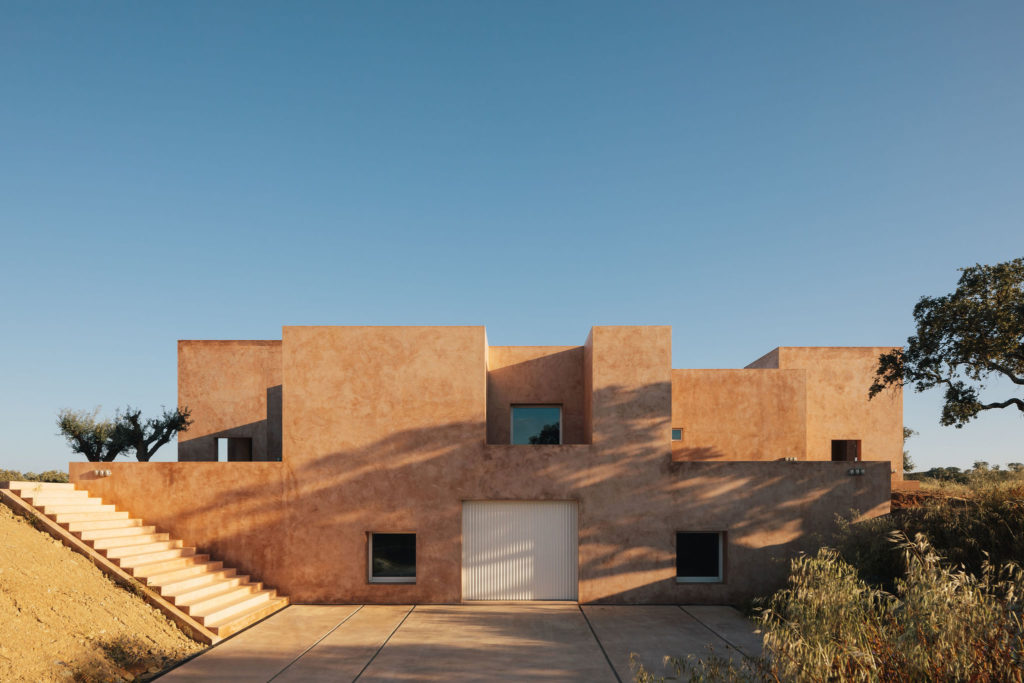


Photos by Fransisco Nogueira
Another architectural gem situated in Portugal’s Alentejo region, this new house rises above the barren landscape with graceful simplicity. The structure includes a small interior patio and partially shielded “fresco rooms”, where the sun paints elegant compositions on the plastered walls. Cork is used as an exterior layer of insulation for the house as well as for the rooftop, showcasing its sturdy character against the region’s arid climate.
Architizer is thrilled to reveal the 12th Annual A+Awards Finalists. See which projects and firms made the cut and have your say in who wins a coveted Popular Choice A+Award. Cast your vote today >
